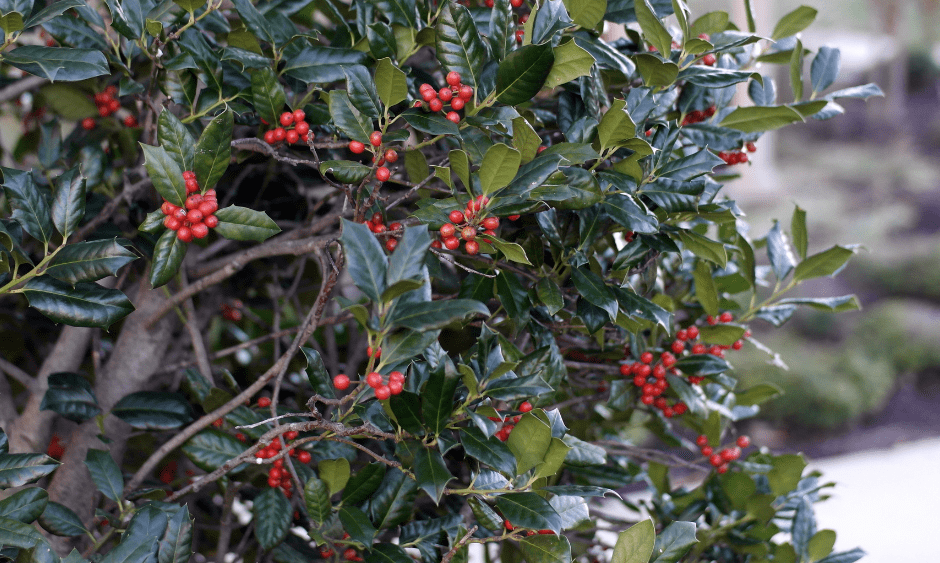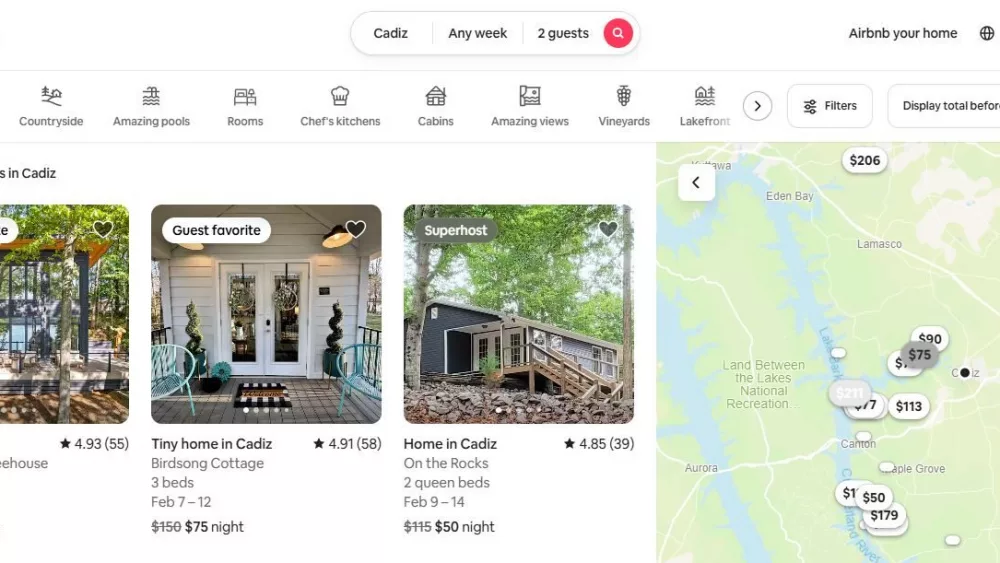Homeowners interested in reducing winter heating bills may want to consider planting a windbreak. A windbreak is a single or multiple row of trees and shrubs planted in a linear fashion on the side of the house that receives the brunt of the winter wind. Its primary purpose is to slow these winter winds by acting as a barrier between the home and the wind; trees are very effective at this job. By reducing wind speed, heat loss through walls, floors, ceilings, and windows is reduced, since calm air is a better insulator than moving air.
As the air exchange between the interior and exterior of your home decreases so does the interior heating demand. Though the savings will not be realized immediately, in time a properly planted windbreak can account for up to a 50% wind reduction and up to 25% reduction in heating fuel consumption.

A basic requirement of any windbreak is a fairly continuous row of trees and/or shrubs placed to obstruct and redirect the flow of wind. The most important factors in windbreak design for wind protection are orientation, height, length, and density. Windbreaks should be oriented at right angles to the prevailing wind direction, usually the north or northwest side of the home. This may be different than the direction of summer winds. The standard design is an L-shape with the bend pointing to the northwest.
The distance that wind protection extends from the leeward side of the windbreak is directly proportional to its height. The effective zone of protection can be based on a range 5 to 7 times the height of the tallest row of trees in the planting. Therefore, if a windbreak includes a row of trees 25 feet tall, it should be located 125 to 175 feet (5 to 7 times 25 feet) from the house to be most effective. Wind tends to curve around the ends of a windbreak. Windbreaks planted longer than the area to be protected, approximately 100 feet, provide the best protection from shifting winds. Generally, savings from windbreaks increase as the protected perimeter of a house increases.
The density of the windbreak is also very important.
Though it might seem that a solid surface like a wall would be best this actually decrease the zone of protection. Air between the wall and the fence acts like a vacuum pulling deflected air over the windbreak back down quicker and reducing the overall effect. Trees and shrubs that allow less than 40% of air to flow through their canopy avoids this problem and results in a larger protected area. Density can be affected by foliage, the number of tree rows, and spacing between the rows.

Windbreaks should be at least 3 rows wide to be most effective. The tallest growing trees (preferably evergreens) should be in the center row, while the shorter trees and shrubs are best placed in the outer rows. The rows should be at least 14 feet apart and the trees should be 14 feet apart in the rows. For a quick cover, spacing can be 8 feet apart and every other tree removed as they fill in. Stagger the rows and vary the height of species within the width of the windbreak to create rough windbreak edges. Select plants with branches that extend to the ground. A two row windbreak will still give good results if space is limited and certainly one row is better than nothing, but these are both less dependable options.
Evergreens are the basis for a good windbreak. Choose a relatively fast-growing, dense conifer or broadleaf species with stiff branches that will mature at a height about 1.5 times the height of your house. White pine, although frequently used, is not a good choice because it loses its lower branches and is susceptible to white pine decline. Alternative evergreens for our area include American Holly, Foster Holly, American Arborvitae, White Fir, Chinese Juniper, and Eastern Red Cedar. Multiple row windbreaks can also incorporate evergreen shrubs, and deciduous trees and shrubs.
Where space is limited a twin-row high-density windbreak will provide some protection. This design combines two evergreens planted close together with a tree in one row filling a gap in the next row. This design takes little space. Have even less space to work with? Try a shrub barrier. Plant dense evergreen shrubs about 5 feet from the house to create an area of dead-air space. This still or dead-air has much less cooling power than moving air thereby decreasing the loss of heat through the walls. Consider dwarf hollies, boxwoods, or junipers for this type of planting.
Although an effective windbreak may take 20 years to grow, the benefits it will produce are often worth the wait. In addition to protecting against the wind, a windbreak can reduce soil erosion, control snow drifts, provide habitat for wildlife, and increase property values and curb appeal.
— Kelly Jackson, Christian County Extension Agent






